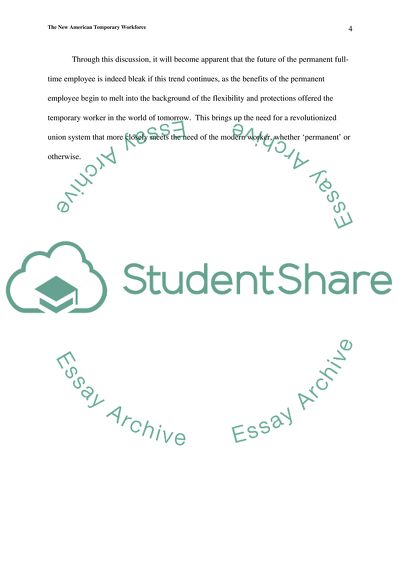Cite this document
(The New American Temporary Workforce Coursework, n.d.)
The New American Temporary Workforce Coursework. https://studentshare.org/social-science/1704606-the-use-of-contingentcontract-employees
The New American Temporary Workforce Coursework. https://studentshare.org/social-science/1704606-the-use-of-contingentcontract-employees
(The New American Temporary Workforce Coursework)
The New American Temporary Workforce Coursework. https://studentshare.org/social-science/1704606-the-use-of-contingentcontract-employees.
The New American Temporary Workforce Coursework. https://studentshare.org/social-science/1704606-the-use-of-contingentcontract-employees.
“The New American Temporary Workforce Coursework”. https://studentshare.org/social-science/1704606-the-use-of-contingentcontract-employees.


